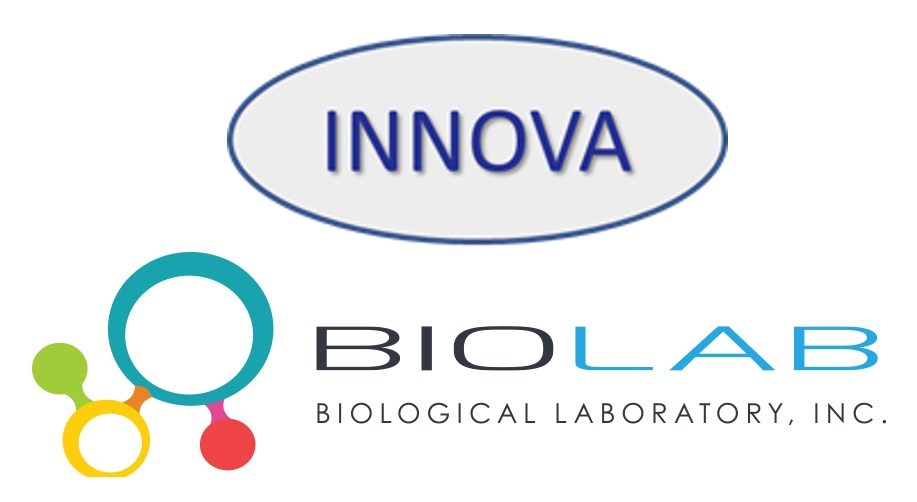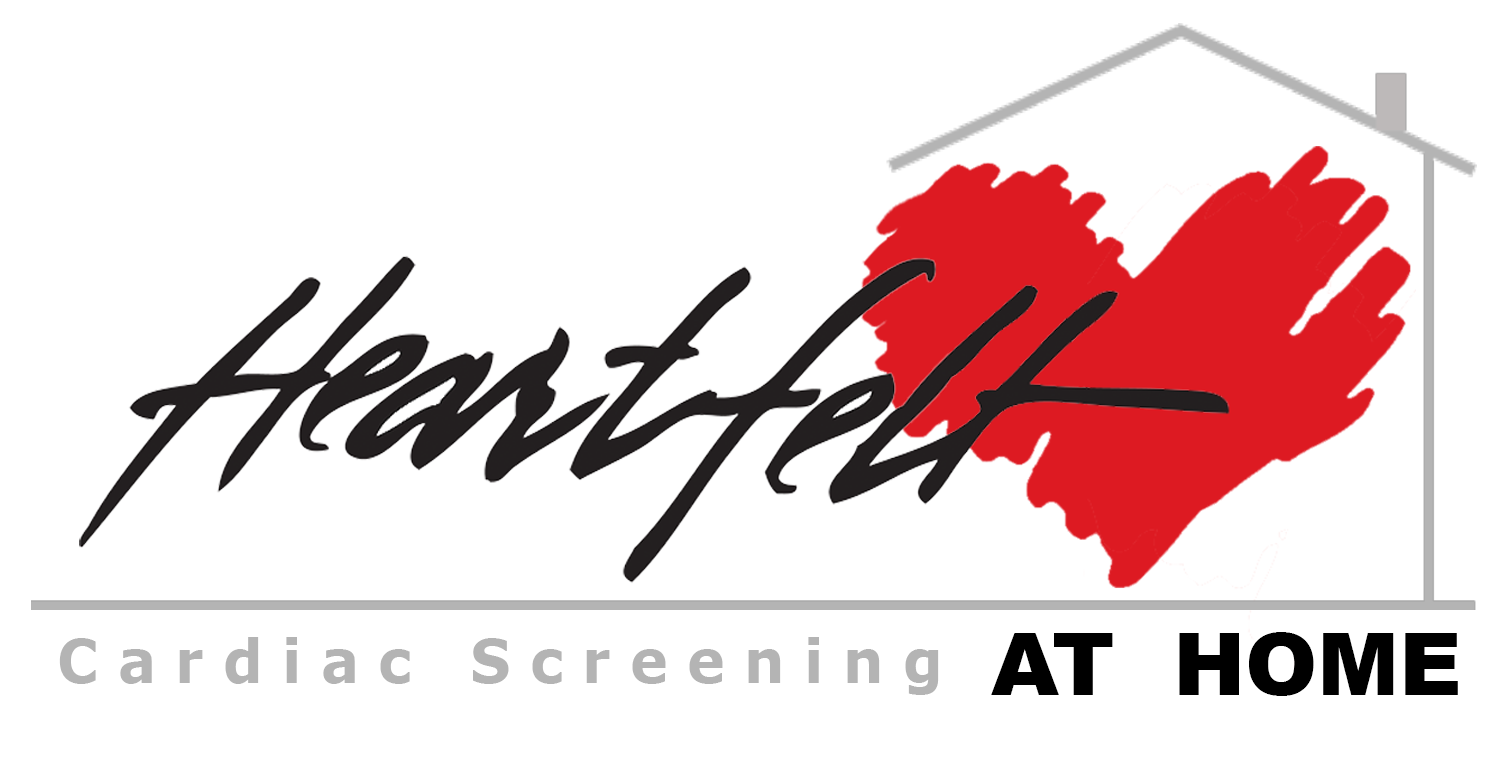





Federally Qualified Health Centers (FQHCs) fall under two different types of designations
Both funded FQHCs and FQHC Look-Alikes must meet the core tenets of the FQHC designation and abide by the 19 Health Center Program Requirements, however FQHC LookAlikes do not receive any 330 grant funding. This is the major difference between the two designation types, as a funded FQHC receives grant funding from the Federal government through section 330 of the Public Health Service (PHS) Act to provide services to uninsured users. Section 330 funding is the federal grant that Community Health Centers, Migrant Health Centers, Health Care for the Homeless Programs, and Public Housing Primary Care Program grantees receive. The other two minor differences is that only funded FQHCs are eligible for the Federal Tort Claims Act (FTCA) medical malpractice coverage and federal loan guarantees for capital improvements.
Similar to the requirements for funded FQHCs, FQHC Look-Alikes must


Existing clinics that meet FQHC requirements can request certification as FQHC Look-Alikes by submitting an application. Information on the program requirements and application procedures are available on HRSA’s website and can be found here. It is a rolling application so organizations can apply at any time. The review process can take up to 4-6 months. As with FQHC applications, FQHC Look-Alike applicants must demonstrate community support for the project. Applicants should include Letters of Support from existing FQHCs and other community providers.
| Section 330 Health Centers | FQHC Look-Alikes | |
|---|---|---|
| Competitive application process | ✔️ | ❌ |
| Receive direct funding from Federal government | ✔️ | ❌ |
| Located in medically underserved area | ✔️ | ✔️ |
| Provide services based on ability to pay | ✔️ | ✔️ |
| At least 51 percent of governing board members represent active users of the health center | ✔️ | ✔️ |
| Provide a detailed scope of primary health care and enabling services | ✔️ | ✔️ |
| Enhanced Medicaid/Medicare reimbursement | ✔️ | ✔️ |
| Access to National Health Services Corp/J1 Visa Waiver programs | ✔️ | ✔️ |
| FTCA coverage | ✔️ | ❌ |
| 340B drug pricing program | ✔️ | ✔️ |
| Federal loan guarantee program | ✔️ | ❌ |
| Comply with BPHC Uniform Data System (UDS) and Performance Review Protocols | ✔️ | ✔️ |